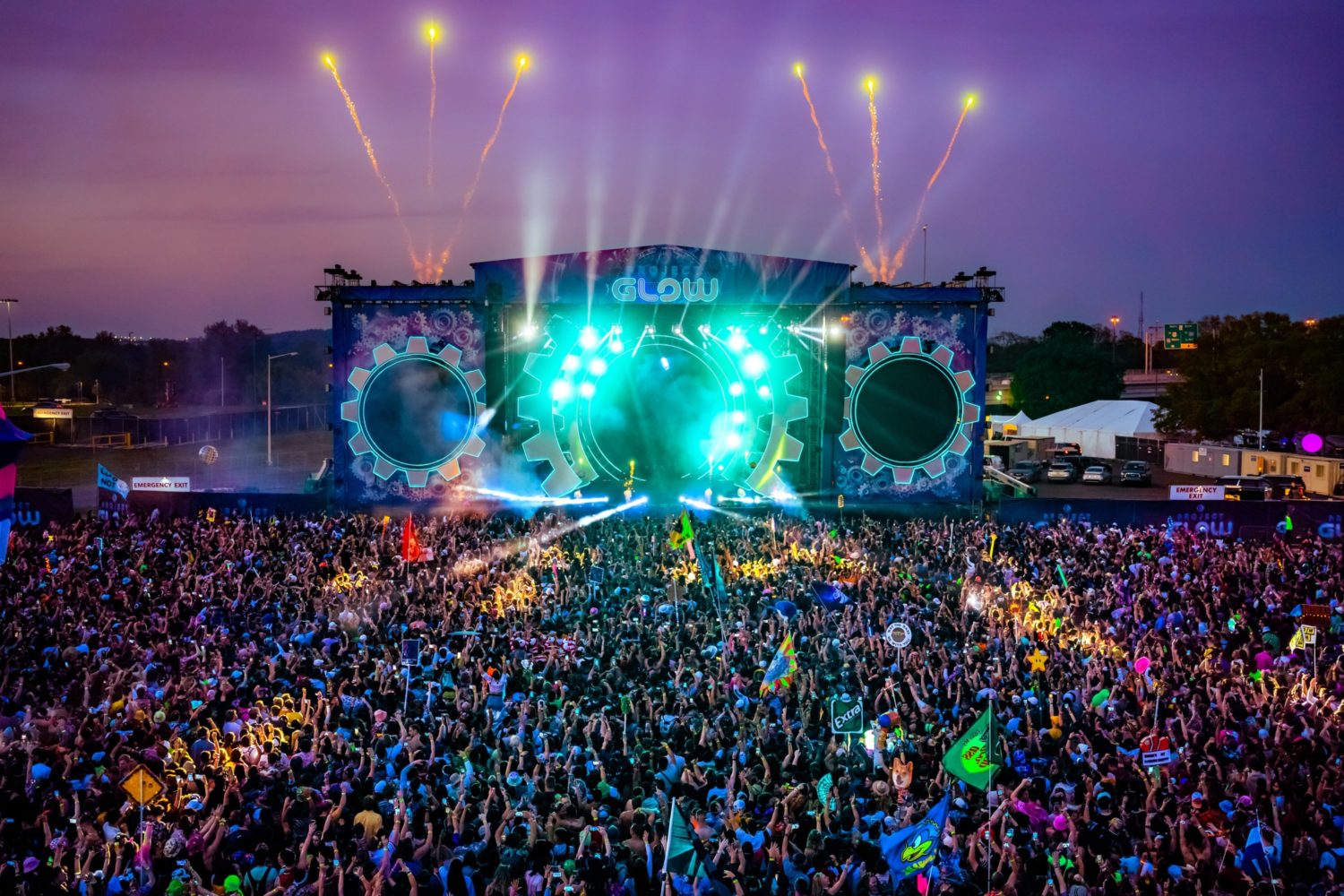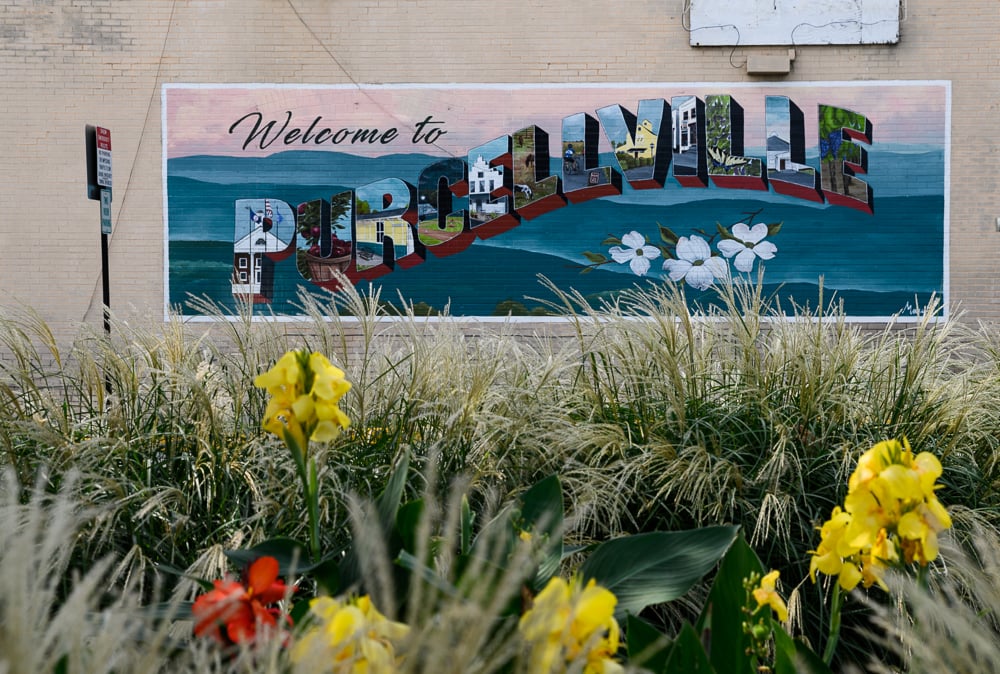From the “Warhol: Headlines” collection. Image courtesy the National Gallery of Art
It’s no secret that Andy Warhol’s inspiration was derived from his obsessions. His iconic silkscreens and screen tests came from an almost maniacal fixation on the celebrity and the celebrated; his preoccupation with the everyday object—and American consumerism—led to his Pop treatment of soup cans and Coca-colas.
But it’s another obsession—perhaps one less well-known—that’s fueling a new exhibition at the National Gallery of Art, which premieres this Sunday in the Gallery’s East Building. “Warhol: Headlines” examines the artist’s fascination with the fourth estate, especially the gossipy New York tabloid rags that he obsessively collected and curated during his career. The exhibition, which features some 80 works ranging from drawings to photographs to provocative multimedia projections, was inspired by “A Boy For Meg [2],” the first headline work to leave the artist’s studio in 1962 and a part of the Gallery’s permanent collection.
This is not an emotional, revelatory Warholian experience akin to the “Warhol: Shadows” installation displaying concurrently across the Mall at the Hirshhorn. Though many of the “Headlines” works are on view for the first time, Warhol’s signature flamboyancy and quirky treatment of the ordinary is palpable throughout. What the exhibition is, however, is a painstakingly careful curation of Warhol’s headline work, the source material that inspired it, and his compulsion to be both a consumer of the news and yet also the focus of it.
The exhibition’s chronology simultaneously traces the evolution of Warhol as an artist and the changing face of the media that so intrigued him. First on view are his large-scale headline canvases, juxtaposed with the original front pages from which they were sourced. This comparison illuminates the playful role that Warhol played as editor—eliminating headlines, changing images, replacing names. Continuing through the gallery, the medium changes to video, featuring screen tests of celebrities “consuming” the newspaper, interviews with Factory-favorite (and Hearst media empire darling) Brigid Berlin, and footage from Warhol’s off-beat forays into television production in the 1980s. Upstairs, the exhibition examines Warhol’s collaboration with such contemporaries as Jean-Michel Basquiat and Keith Harring, and then culminates in the very intersection of Warhol and the headlines he emulated: The front page of the New York Post, bearing the headline “Andy Warhol Dead at 58.”
“Warhol: Headlines” is on view from September 25 to January 2 at the National Gallery of Art. For more information, visit the Web site.


















